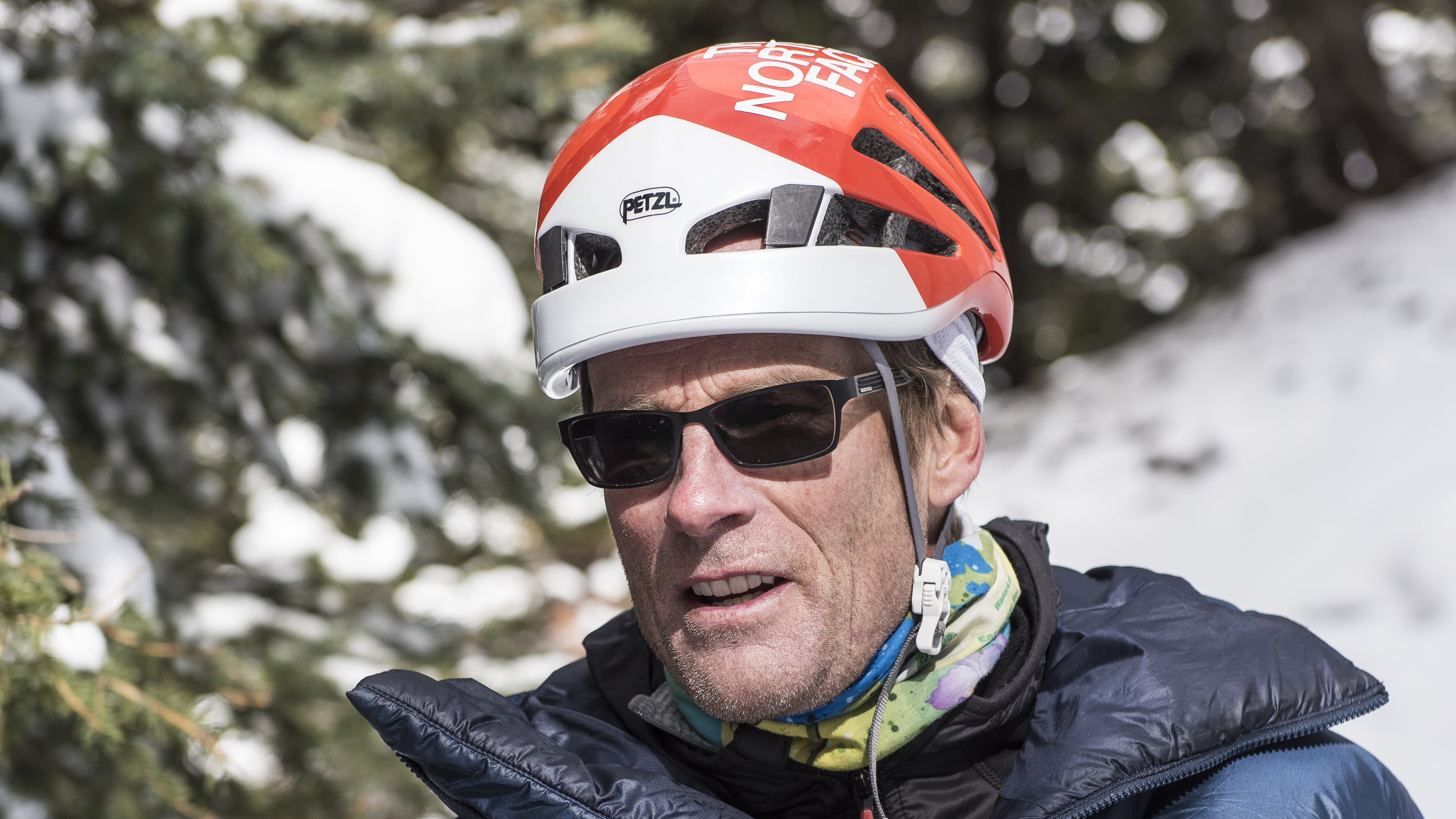
The US has produced an enviable glut of mountaineering talent down the years. With the great peaks of the Rockies and the big walls of the west as their training ground, American mountaineers have taken their skills to the Greater Ranges with aplomb throughout history – championing the fast and light approaches that would later come to define the cutting edge of the pursuit.
Yes, from trailblazers of female mountaineering, like Fanny Bullock Workman and Arlene Blum, to pioneering innovators like Jeff Lowe or the prolific peak-bagging machine that is Ed Viesturs, America has produced some of the world’s greatest mountaineers. We asked one of our mountaineering experts to compile a selection of the legendary characters who’ve graced the mountains over the last 150 years.
America’s greatest ever mountaineers
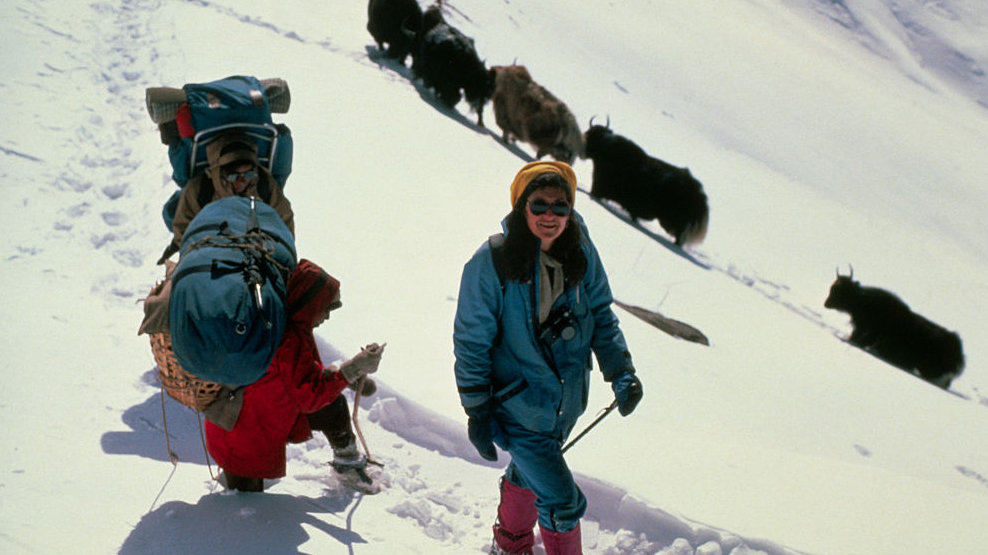
Here is my selection of America’s greatest ever mountaineers. The task of comparing the feats of climbers, alpinists and mountaineers across the world’s contrasting mountain ranges through history is quite a fraught process. How can you compare a climb in Alaska in the 1970s, with an ascent in the Himalayas 50 years later? As such, any such list is bound to be highly subjective.
There are many great mountaineers who deserve a place on the list and it should not be treated as definitive. Instead, treat it as a celebration of some of America’s finest, trailblazing mountaineers and find inspiration in the tales detailed further down this feature.
Fanny Bullock Workman: One of the first professional female mountaineers who led an incredible life of travel and adventure.
Arlene Blum: A trailblazing leader who played an important role in the all-woman expeditions to Denali and Annapurna
Willi Unsoeld and Tom Hornbein: Duo famous for their remarkable 1963 ascent of Everest via the West Ridge, a masterpiece of mountaineering.
John Roskelley: Legendary figure in the Himalayas with a string of astonishing ascents.
Jeff Lowe: A true great who gave birth to dry tooling, pioneered ice climbing and achieved superlative climbs in the Himalayas.
George Lowe: Produced some of the leading alpine-style ascents in both North America and the Greater Ranges during a sensational career.
Alex Lowe: Gifted climber, mountaineer and skier who achieved dazzling feats before his death on Shishapangma in 1999.
Conrad Anker: While he shot to fame in 1999, discovering George Mallory’s body, Anker’s wider mountaineering record is nothing short of sensational.
Ed Viesturs: First American to climb all fourteen 8,000-meter peaks and all without supplementary oxygen.
Alex Honnold and Tommy Caldwell: World famous climbers who aren’t half-bad when it comes to mountaineering missions on granite spires in cold climes.
Fanny Bullock Workman
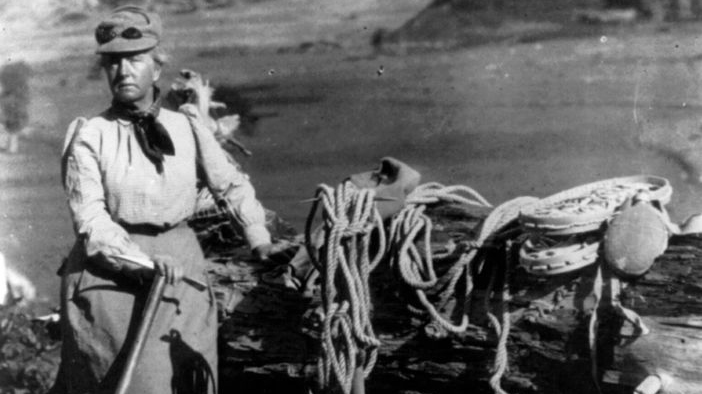
A true pioneer, Fanny Bullock Workman was one of the world’s first female professional mountaineers. Born in 1859, in Worcester, Massachusetts, she enjoyed a privileged upbringing as the daughter of a state governor. She married the wealthy William Hunter Workman in 1882 and the two would go on to form a formidable partnership, their affluent status allowing them to travel extensively.
Her early climbing experiences were in New Hampshire’s White Mountains, where women were actively encouraged to climb by the American clubs. This contrasted with attitudes in Europe, which was where Workman was bound next. Between 1888 and 1893, the Workmans cycled through Italy, France and Switzerland, gaining climbing experience in the Alps while they were at it. She emulated the great British mountaineering pioneer Lucy Walker by climbing the Matterhorn and Mont Blanc, as well as the iconic Jungfrau in the Bernese Oberland. During this time, her writings highlighted the plight of women on the continent – women’s rights and women’s suffrage were themes throughout her work.
In 1897, she discovered the Himalayas and Karakorum, becoming enthralled by the world’s highest mountains, while charting, surveying and photographing many unexplored regions. During this time, she repeatedly raised the women’s altitude record. She climbed a 5,930-meter peak in the Karakorum, which she named Mount Bullock Workman. From the peak, she spotted the distant K2, making her possibly the first woman to see the world's second highest peak. In 1906, the Workmans achieved a first ascent of the 6,930-meter summit of Pinnacle Peak in the western Himalayas. In her later life, she focussed on writing and lecturing and became the first woman admitted to the Royal Geographical Society.
Arlene Blum
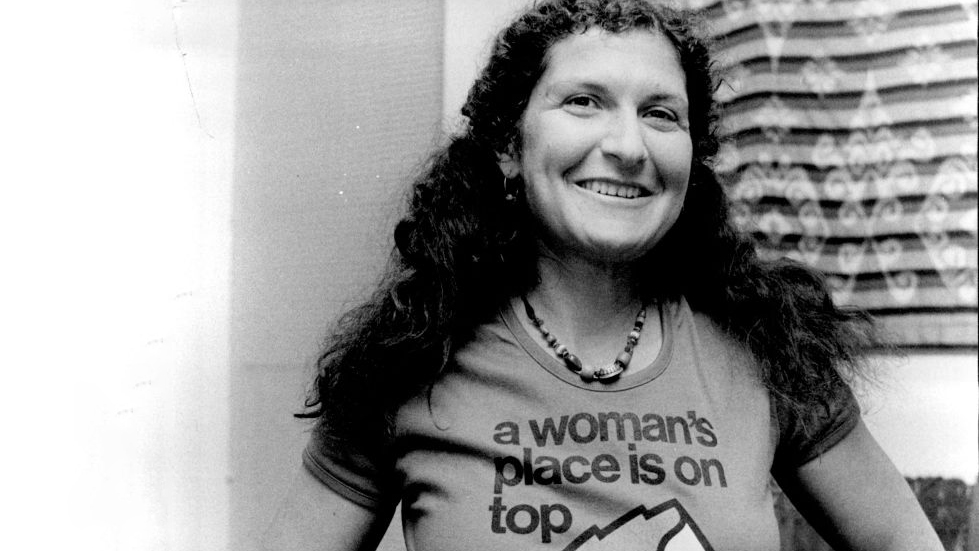
Having applied to an expedition to Denali in 1969, Arlene Blum was told that women were welcome at base camp to ‘help with the cooking’. This was the kind of sexism that Blum would use as fuel to propel an incredible life of adventure, where she’d lead pioneering all-woman expeditions and achieve staggering long-distance adventures across the Himalayas and the Alps. In 1970, just a year after her rebuttal, she was one of five on the first all-female team to summit Denali.
Perhaps her crowning glory was in 1978, when she led the first successful American ascent of any kind to Annapurna I. The all-woman team succeeded where only eight men had previously, placing Vera Komarkova, Irene Miller, Mingma Tsering and Chewang Ringjing on the summit on October 15. However, on the following day team members Alison Chadwick-Onyszkiewicz and Vera Watson died during their summit bid. Controversy followed, with some male reporters questioning a woman’s place in the high mountains. This completely ignored the fact that it was common for fatalities to occur on many of the leading male expeditions to the world’s highest mountains at the time.
Blum, who also enjoyed a glittering career as a biophysical chemist, would go on to complete the Great Himalayan Traverse, hiking through Bhutan, Nepal and India. Later, with her partner Rob Gomersall and daughter Annalise in tow, she crossed the European Alps, carrying Annalise in a child carrier.
Meet the expert
Willi Unsoeld and Tom Hornbein
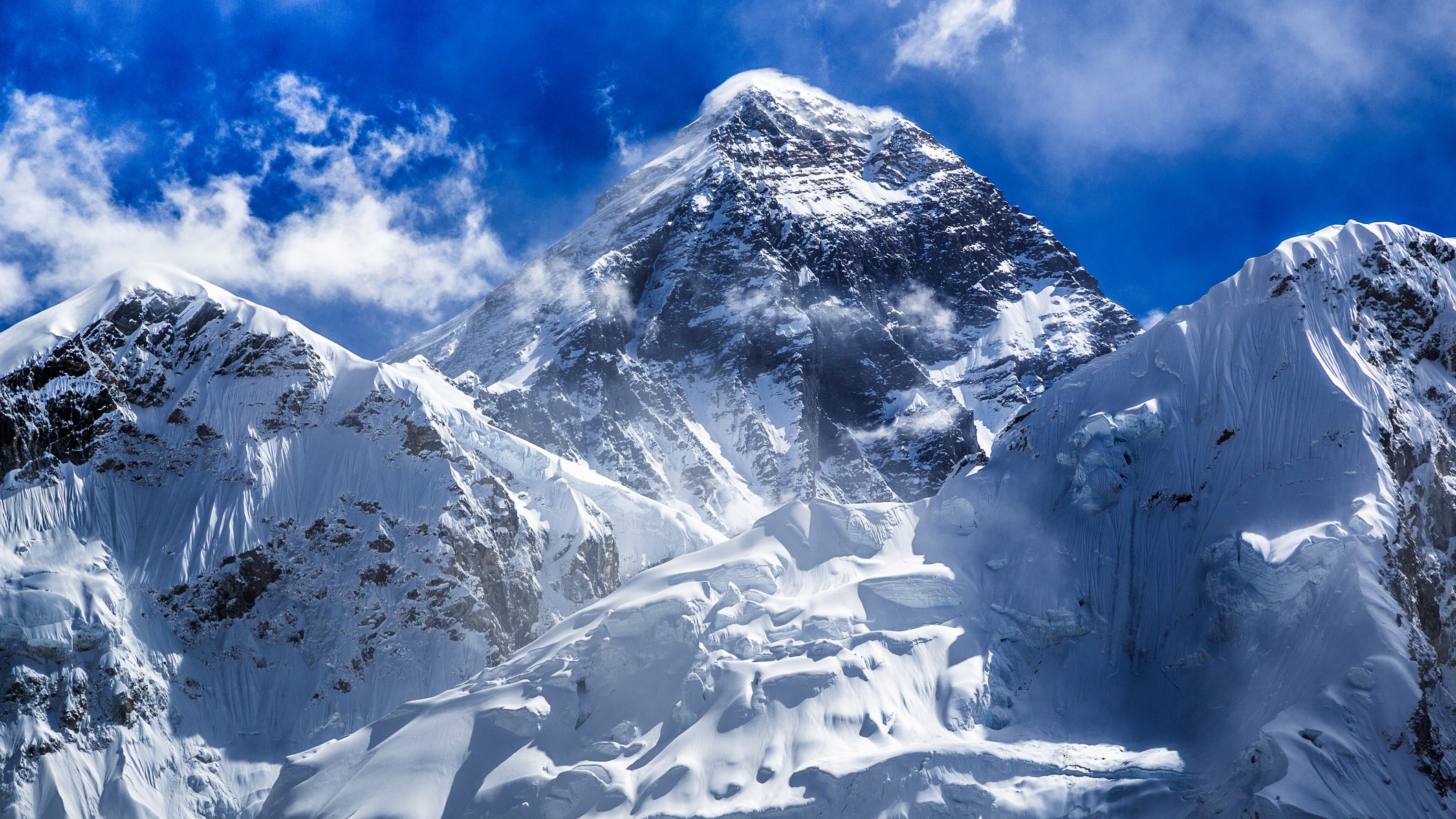
Unsoeld and Hornbein make the list for their unprecedented, alpine-style first ascent of Everest’s difficult West Ridge as part of the first American expedition to achieve the summit, in May 1963. This climb was an audacious epic, the first to traverse a major 8,000-meter peak, and it would go down as one of the great tales in mountaineering folklore. It was a hugely committing route, as safety lay over the top of the mountain, rather than by just turning back. Basically, to fail would have meant almost certain death. Unsoeld and Hornbein both lost their toes to frostbite after a bivouac in the death zone. In his classic book Into Thin Air, Jon Krakauer wrote that “Hornbein's and Unsoeld's ascent was – and continues to be – deservedly hailed as one of the great feats in the annals of mountaineering”.
John Roskelley
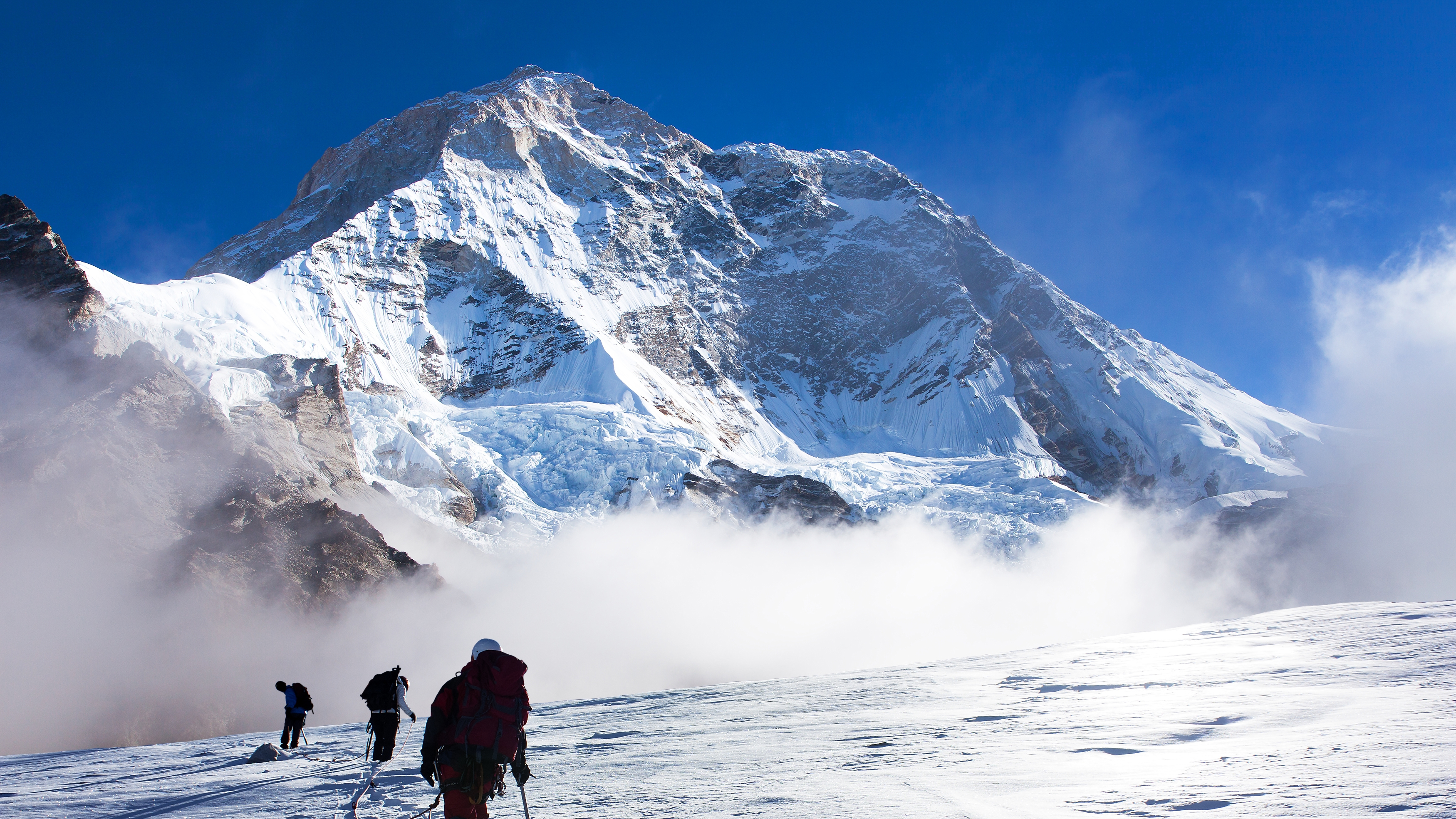
John Roskelley was the first American recipient of the Piolet d’Or Lifetime Achievement Award in 2014, a prize that paid tribute to an astonishing career in the high mountains. Born in Spokane, Washington, in 1948, Roskelley would go on to carve his name into Himalayan folklore during the 1970s and 80s. He was part of the 1976 expedition to Nanda Devi, India’s highest peak, putting up a new route on the Northwest Face. Willi Unsoeld’s daughter, who in a bizarre twist of fate was named after the mountain, tragically died during the expedition.
An array of outstanding feats followed. In 1977, he was part of the team that made the first ascent of Great Trango Tower in the Karakorum, a peak whose east face boasts the world’s greatest nearly vertical drop, an awe-inspiring 1,340 meters. He was part of the American first ascent of K2 in 1978 and made the first ascent of Gauri Sankar in 1979, a giant of Nepal’s Rowaling Himal. His 1980 ascent of Makalu, the world’s fifth highest mountain, was coined ‘one of the ten outstanding alpinist achievements of the 20th century’ by the American Alpine Journal, when he alone made the summit out of his party of four.
Jeff Lowe
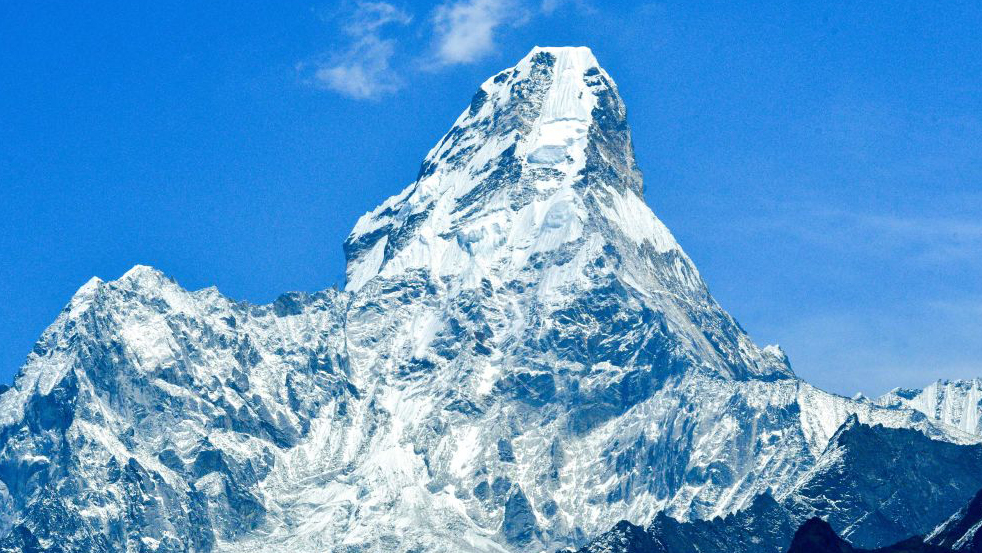
In 1994, when Jeff Lowe used his ice axe on bare rock to access a staggering dagger of ice in Vail, Colorado, he gave birth to a new form of climbing: dry tooling. Mixed climbing across the world would never quite be the same again. Long before this, he was an ice climbing pioneer, making the first ascent of Bridal Veil in Colorado in 1974. Other notable achievements included a solo ascent of Ama Dablam south face in 1979 and he put up new routes on Nepalese peaks like Kwangde Ri (1982), Kangtega (1986) and Taweche (1989).
Part of the Lowe dynasty that also included his legendary cousin George, Jeff was born in Ogden, Utah in 1950. He’d emerge as one of the leading alpinists of his generation, taking a fast and light approach to the world’s big mountains. It was not only his almost unrivalled haul of first ascents and daring adventures that set him apart from the rest but also his contributions to the world of outdoor clothing and gear. In 1967, he co-founded Lowe Alpine (today owned by Rab) with his brothers Greg and Mike, as well as Latok Mountain Gear.
Arguably his most celebrated climb didn’t reach the summit. In 1978, alongside his cousin George, Jim Donini and Michael Kennedy, he turned back some 150 meters short of the summit of then unclimbed Latok 1. They’d chosen a preposterously challenging line up the 2,400-meter North Ridge, taking alpine tactics to this monstrous peak in the Panmah Muztagh region of the Karakorum and spending 26 days on the ridge. While Latok 1 was then climbed the following year by a much easier route, no one has since managed to get as high on the North Ridge as the 1978 team. It remains one of the greatest prizes in mountaineering.
Lowe is one of three Americans to have won the Piolet d’Or Lifetime Achievement Award.
George Lowe
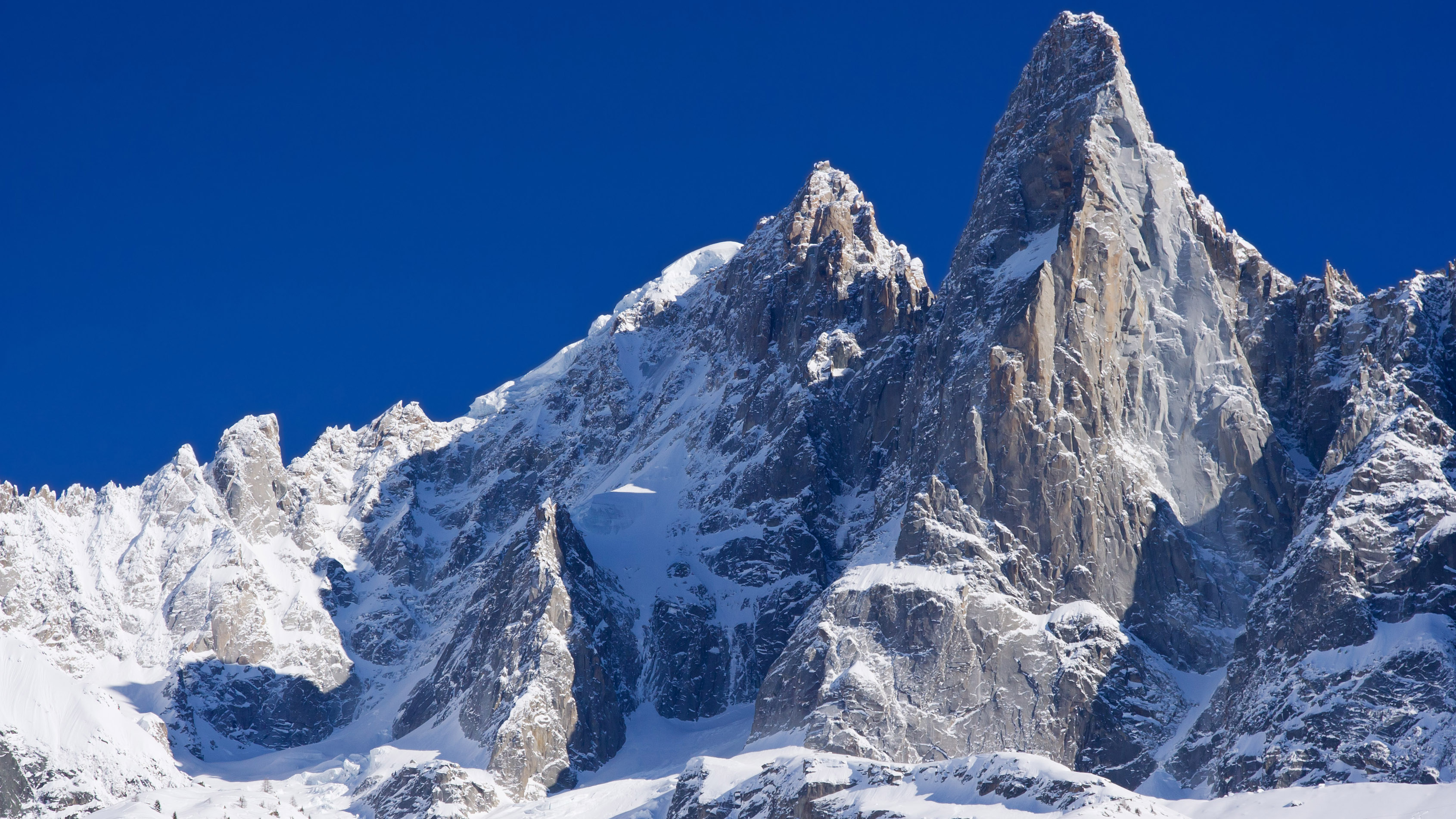
Cousin to Jeff Lowe, George’s climbs are the stuff of legend, enough to earn him one of the three Piolet d’Or Lifetime Achievement Awards that have been handed to American mountaineers. In 1965, he’d emulate fellow international legends Walter Bonatti and Chris Bonington by achieving his nation’s first ascent of the Bonatti Pillar on the Aiguille du Dru above Chamonix. A string of firsts in the US and Canada would follow, including a first winter ascent of the West Face of the Grand Teton in 1972 and the first ascent of the Devil’s Thumb in 1973.
A 1974 ascent of North Twin’s North Face in the Canadian Rockies alongside British-American climber Chris Jones is lauded as one of the masterpieces of alpinism. Canadian mountaineer Barry Blanchard described this climb as ‘steeper than the Eiger, one and half times the height of El Capitan, and the hardest in the Rockies’.
Yet arguably Lowe’s finest hour came in 1978 alongside his cousin Jeff, Jim Donini and Michael Kennedy on the celebrated attempt to climb Latok 1’s North Ridge. His focus and persistence also lead to the first ascent of Everest’s Kangshung Face in 1983, a staggering achievement.
Alex Lowe
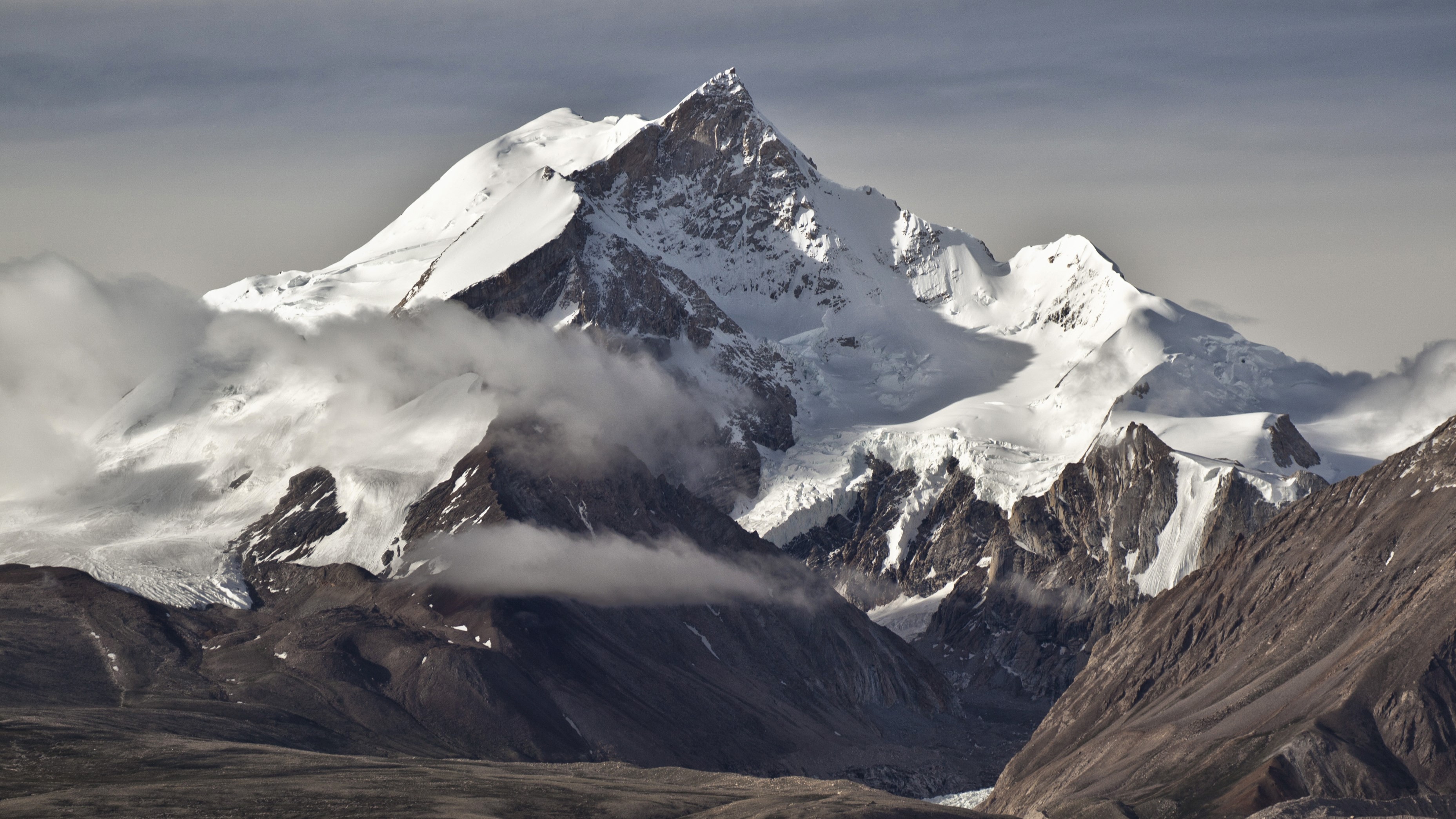
Born in Frederick, Maryland, in 1958, Alex Lowe (no relation to Jeff or George) was one of the most highly regarded mountaineers in the world in his prime, having put up a string of firsts from the Himalayas to Baffin Island and Antarctica. He was something of a jack of all trades – a highly proficient rock climber, ice climber, skier and alpinist who once famously said: “The best climber in the world is the one who’s having the most fun.”
He made numerous impressive ascents in the greater ranges, including a new route on Nepal’s Kusum Kanguru in 1990; a rapid solo ascent of Khan Tengri, a sensational 7,000-meter peak in Kyrgyzstan’s Tian Shan range; and a new route on the Karakorum’s Great Trango Tower in 1999.
He formed a strong partnership with fellow American great Conrad Anker and the two would go on to become best friends. They were together on Shishapangma in 1999 when a serac broke free and swept Lowe and fellow climber David Bridges to their deaths. Anker suffered broken ribs and a lacerated head, having escaped the worst of the avalanche. After Lowe’s death, Anker would go on to marry Lowe’s widow Jennifer. Lowe and Bridge’s bodies were discovered in April 2016 by Swiss legend Ueli Steck and partner David Göttler.
Conrad Anker
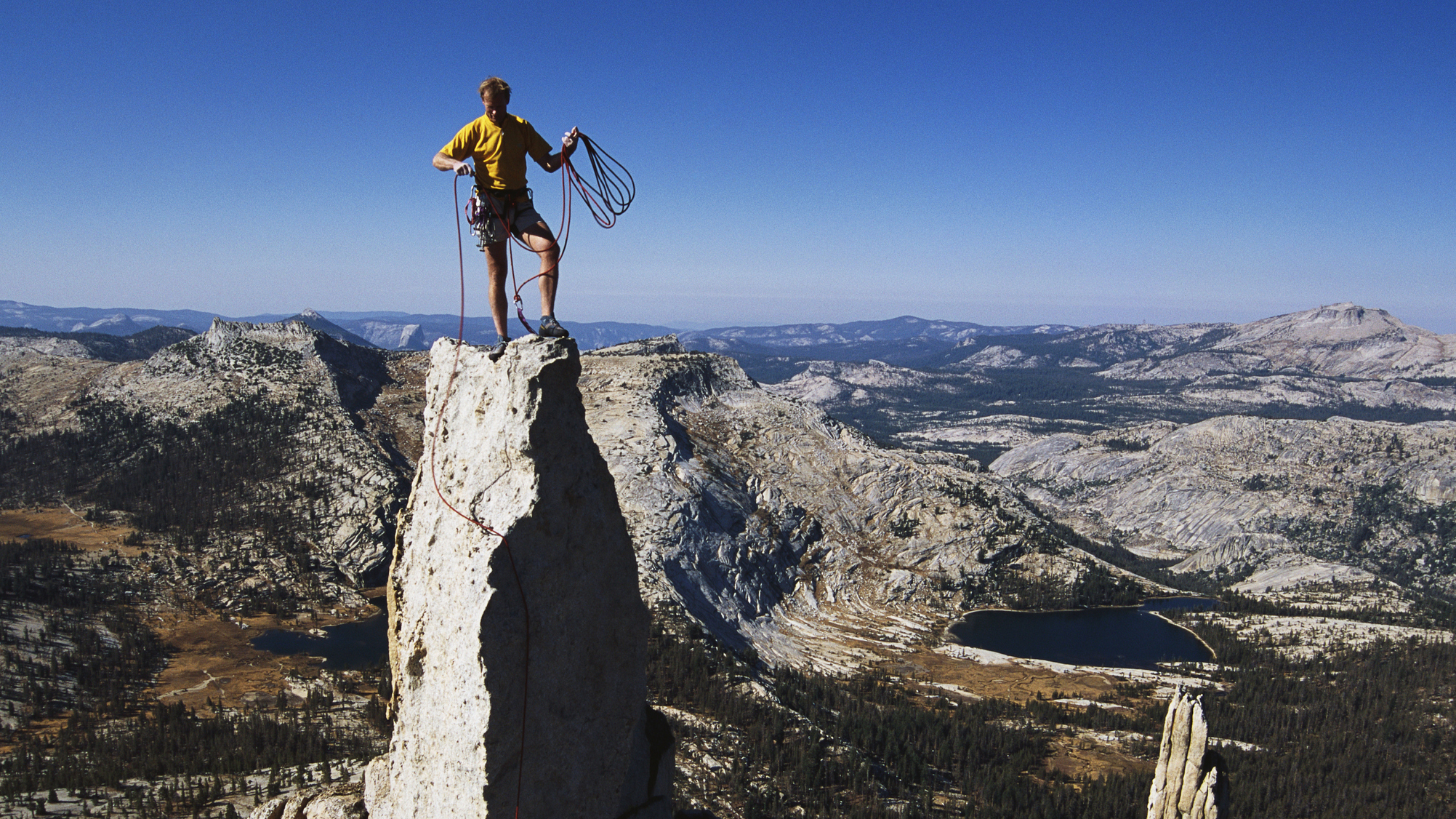
Conrad Anker will forever be known as the man who discovered George Mallory’s body during a 1999 search expedition to Everest. However, his list of achievements in the mountains goes way beyond this or even his famous ascent of Meru’s Shark’s Fin in 2011, alongside Jimmy Chin and Renan Ozturk, the subject of the successful 2015 documentary film Meru.
Prior to all of this, Anker had put up a host of new routes and daring lines on mountains from Alaska and Antarctica to Patagonia and Yosemite, with plenty of the Karakorum and the Himalayas thrown in for good measure – certainly too many highlights to name here. One such high was in 1997, when he joined a German trio of Alexander Huber, Thomas Huber and Toni Gutsch for a successful climb of Latok II’s sheer West Face in the Panmah Muztagh. This climb was later described as like “putting El Cap on top of Denali”. Anker retired from high-altitude endeavours after surviving a heart attack in 2016 while climbing Lunag Ri with the since deceased David Lama.
Ed Viesturs
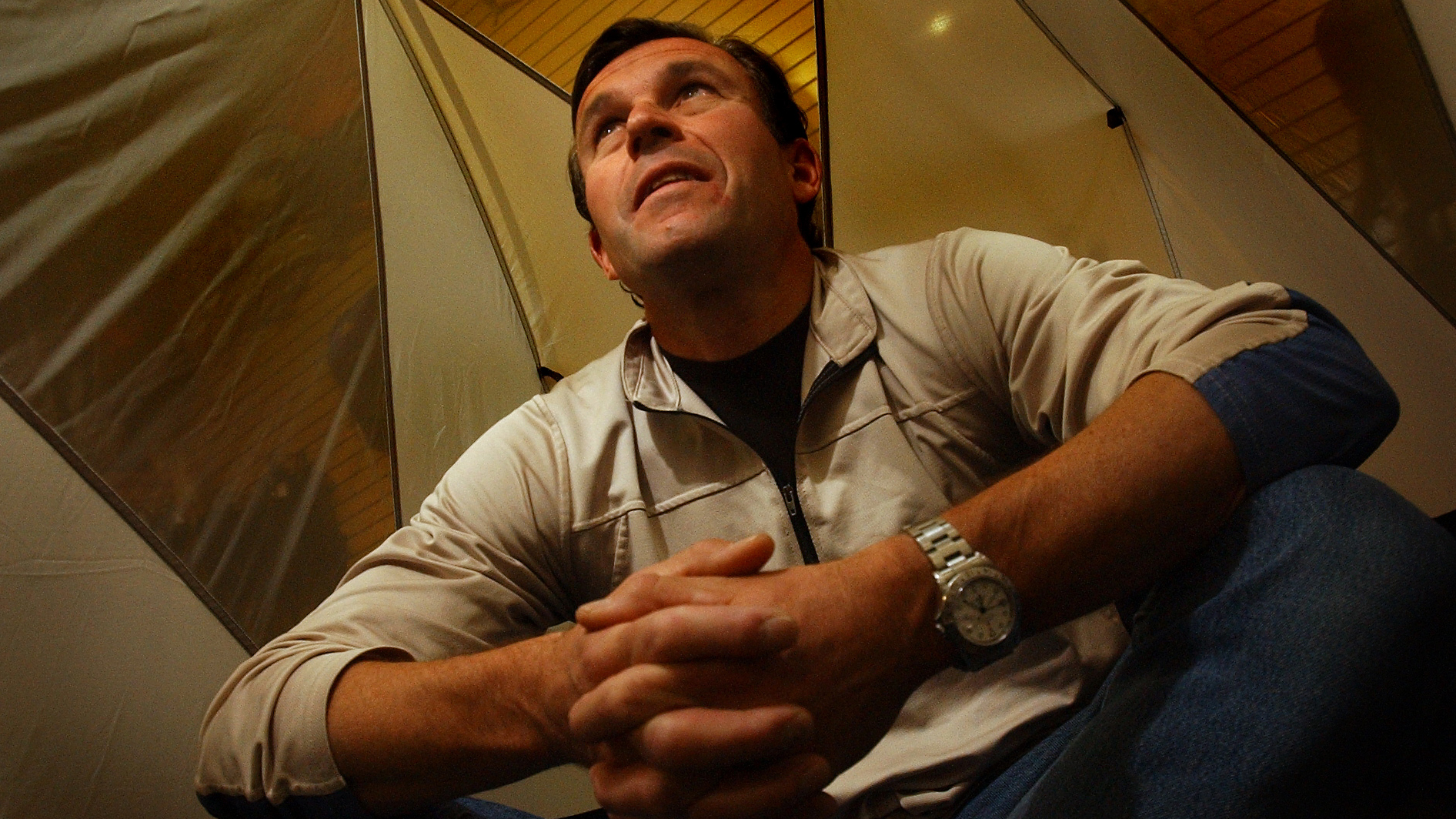
A veteran of the Himalayan mountaineering scene, Ed Viesturs was the first American to successfully summit all fourteen 8,000 meter peaks, finishing his 18-year odyssey in 2005 on Annapurna. Even more impressively, he did all 14 peaks without supplementary oxygen and, according to one piece of research, may have been the first to actually make it to all the true summits based on the available evidence.
A proponent of the “summit is optional” mentality that measures success in the experience over the attainment of the objective, he’s nonetheless summited Everest on seven occasions and has achieved the summit of Washington State's Mt Rainier over 200 times.
Alex Honnold and Tommy Caldwell
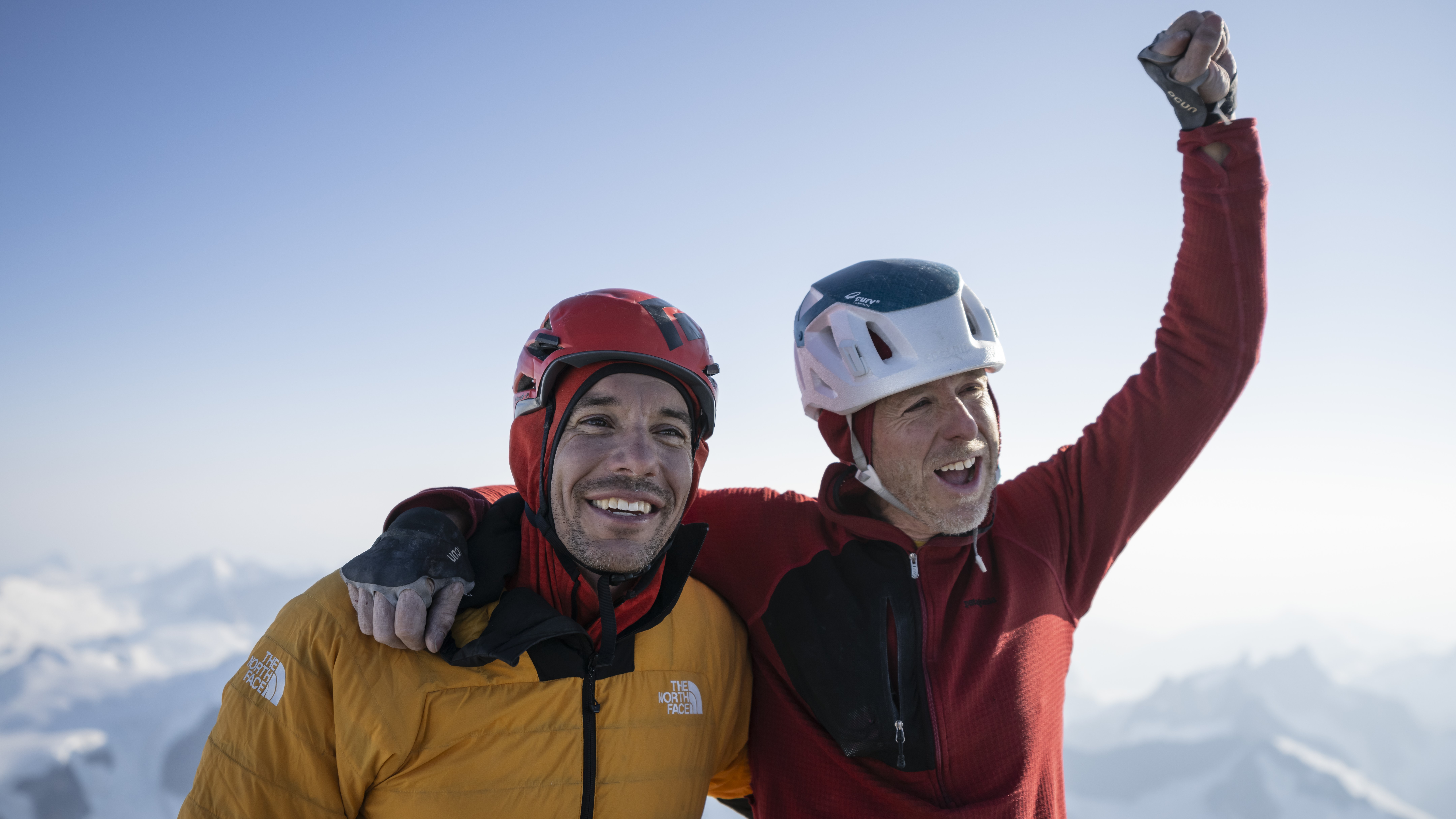
At some point rock climbing becomes mountaineering, though the line between these two pursuits is blurry and criteria differs from person to person. Honnold and Caldwell are regarded as two of America’s greatest rock climbers, yet the duo’s mountaineering achievements in the high mountains are also extraordinary. Their staggering, seven-peak traverse of Patagonia’s Fitz Roy massif in 2014 earned them a Piolet d’Or – regarded as mountaineering's Oscars – for their efforts.
Honnold was back in 2016 to set a blistering 20-hour-and-40-minute record on the Torre Traverse with Patagonia expert Colin Haley. This involved a north-to-south traverse of the legendary granite spires of Cerro Standhardt, Punta Herron, Torre Egger and Cerro Torre. Honnold was self-deprecating about the achievement, saying: “I’m definitely still a rock climber fumbling along… I don’t know if I’ll ever actually consider myself an alpinist.”
In 2024, Honnold and Caldwell were at it again, this time championing environmental causes by travelling from Caldwell’s home in Colorado to the remote Devils Thumb massif on the Canada-Alaska border. They achieved this journey without motorized transport – cycling, sailing and hiking the 2,600 miles to the mountain. They then managed to scale the massif’s five peaks in under 12 hours, completing the first single day traverse in history.







